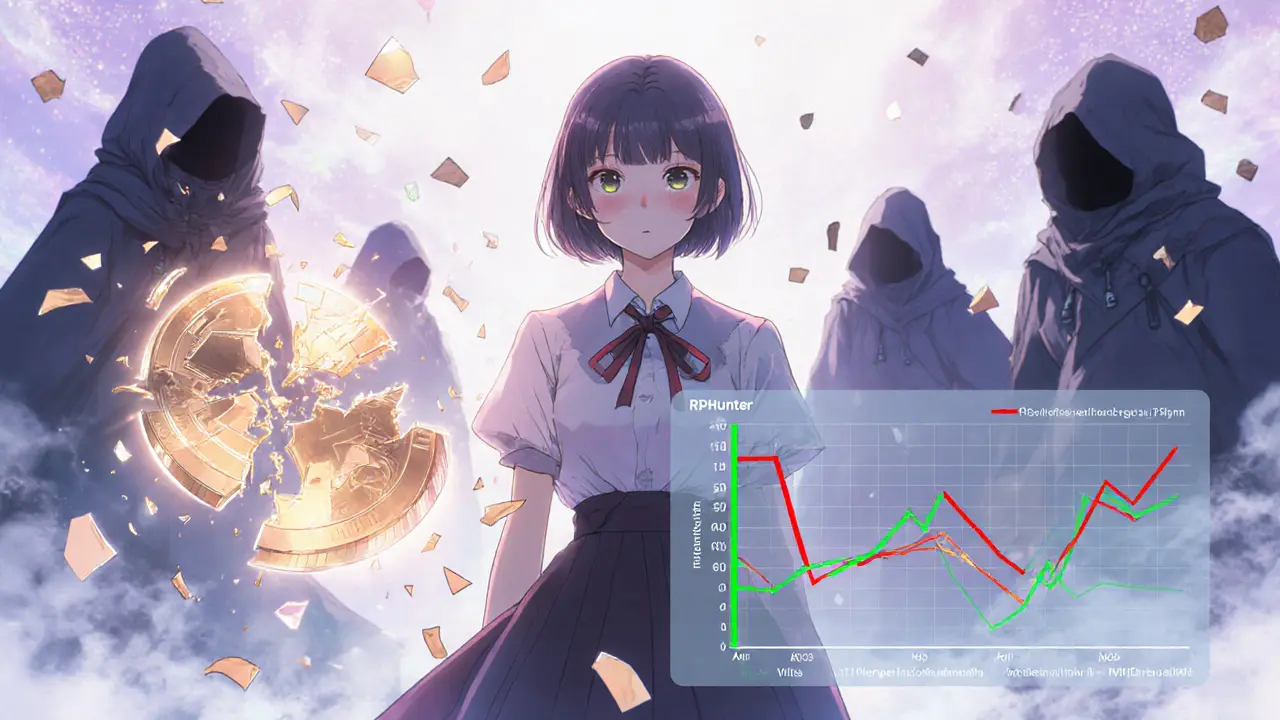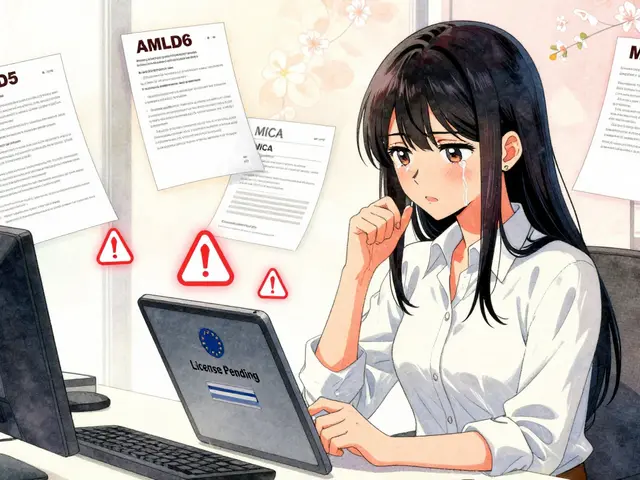Learn how future technologies like RPHunter, Token Sniffer, and behavioral AI are stopping crypto rug pulls before they happen-and what every investor must do to stay safe.
Rug Pull Protection: How to Avoid Crypto Scams and Stay Safe
When you invest in a new crypto project, you're trusting a team, a codebase, and a community. But too often, that trust is shattered by a rug pull, a type of crypto scam where developers abandon a project and drain all the liquidity, leaving investors with worthless tokens. Also known as an exit scam, it’s one of the most common ways people lose money in crypto—not because the market crashed, but because someone lied and ran. Unlike market downturns, rug pulls are intentional, premeditated theft. And they’re getting more sophisticated.
Most rug pulls follow the same pattern: a flashy website, a celebrity tweet, a promise of massive returns, and a token with no real utility. The team hides behind anonymous wallets, locks liquidity for just a few days, then pulls the plug. You’ll see tokens with names like "Dogecoin 2.0" or "AI DeFi Master"—they sound legit, but they’re built to vanish. Look at projects like Poodl Inu (POODL), a meme coin with no team, no utility, and a 98% price drop, or Pek (PEK), an obscure token with zero exchange listings and no community. These aren’t failures—they’re designed to fail. And they’re not alone. The DeFi11 (D11), a fake airdrop with zero circulating tokens scam tricked hundreds into giving up private keys. These aren’t edge cases. They’re the rule.
So how do you protect yourself? Start by checking liquidity locks—real projects lock tokens for months, not days. Look for audited smart contracts, not just a "security audit claimed" badge. Check the team’s history—have they been involved in other scams? Use tools like Dune Analytics or Etherscan to track wallet movements. If the dev wallet suddenly sends 90% of the token supply to a new address, run. Don’t trust hype. Don’t chase 100x returns. And never invest more than you can afford to lose. The crypto space is full of people who made quick money. But the ones who kept it? They learned to spot the signs before it was too late.
Below, you’ll find real examples of scams, how they unfolded, and what to watch for next time. No theory. No guesswork. Just what happened—and how to make sure it doesn’t happen to you.





